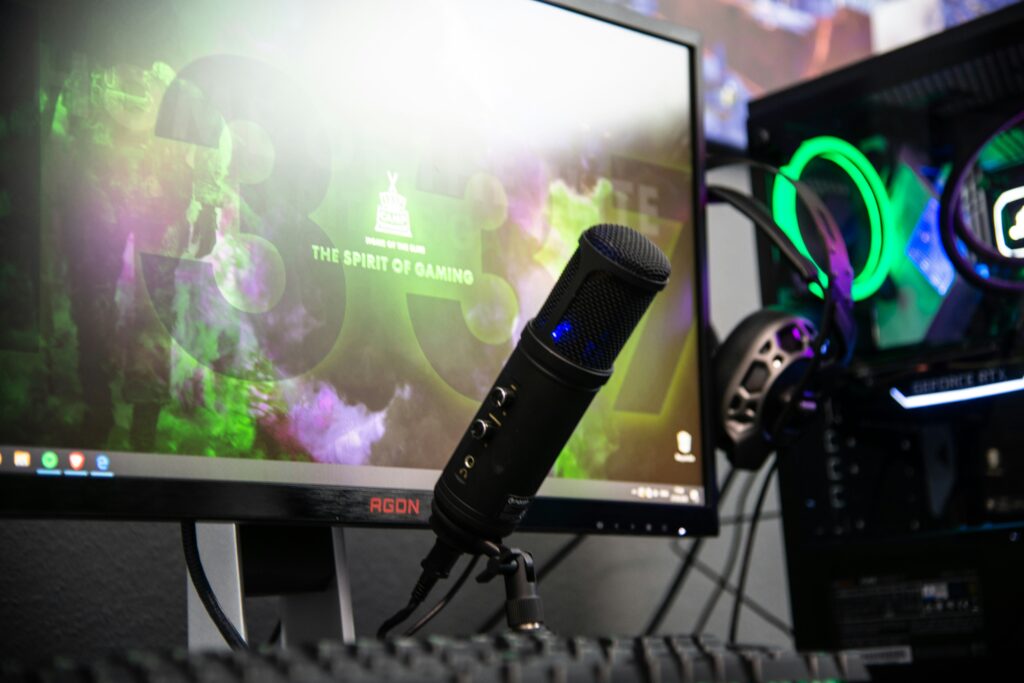My research also explores the social dynamics and potential for social support within the chat communities that form around livestreaming channels on platforms like Twitch. Building on ethnographic observations that these chats function as participatory communities held together by a core of regular viewers, I employ a mixed methods approach combining netnography and computational network analysis to model user interactions systematically. By mapping chat transcripts into network graphs, I can quantify measures like centrality, homophily, and cohesion to understand how a viewer’s role and embeddedness in the community is impacted by factors like their user class (e.g. moderator, subscriber).

Ultimately, the goal is to determine if and how these livestreaming communities serve a social support function for members, especially during times of stress. I examine the prevalence of disclosures of stressful circumstances by viewers, expressions of solidarity and support, and the conditions under which these occur. Key questions include whether social support exchanges are dependent on streamer actions or arise organically, and how power structures and marginalization factor into the negotiation of these chats as “safe spaces”. This research aims to expand understanding of the interpersonal networks that exist between viewers on livestreaming platforms, complementing prior work focused primarily on viewer-streamer relationships.
Publications and Presentations
- Cahill, T. J. (2023, April). Thanks, chat: Networked social support in live-streaming communities on Twitch and YouTube. Presented at Serious Play and Digital Cultures Collaboratory 2023 Live-Streaming Conference, Milwaukee, Wisconsin [Virtual].
- Cahill, T. J. (2018, October). The structural role of user class in chat interactions on Twitch. Presented at the 19th Annual Meeting of the Association of Internet Researchers, Montreal, Canada.
- Hair, L. & Cahill, T. J. (2018, May). Cognitive and emotional responses to visual and gender cues in video game livestreaming. Presented at the 68th Annual Conference of the International Communication Association, Prague, Czech Republic.